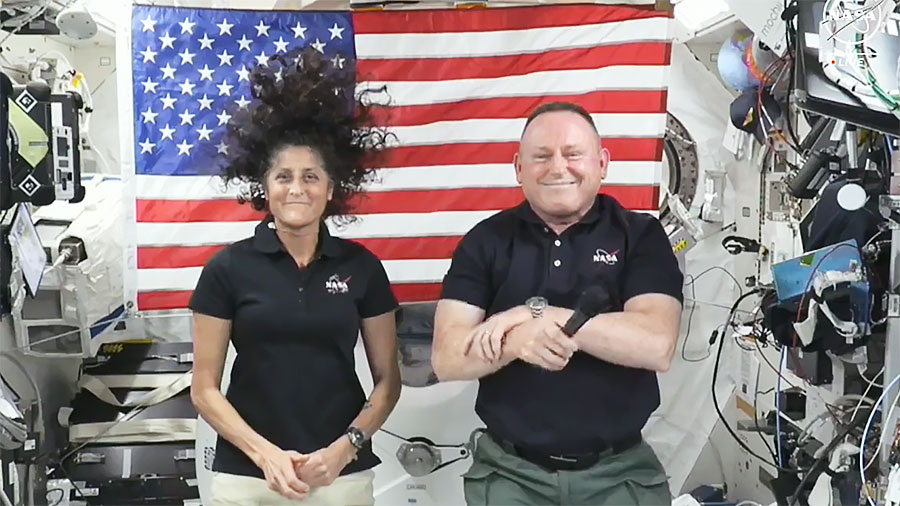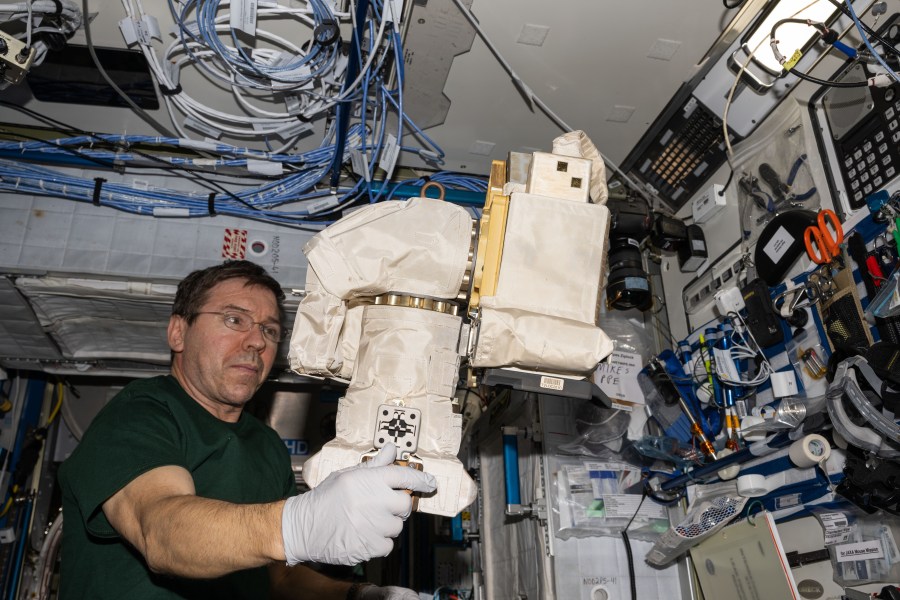All nine astronauts and cosmonauts aboard the International Space Station practiced responding to a simulated emergency on Wednesday. Earlier, the orbital residents split their day researching blood pressure, remote robotics, and 3D printing. The seven-member Expedition 71 crew joined the two Boeing Crew Flight Test and practiced an emergency drill in collaboration with mission controllers. …
Crews Speak to Managers and News Media, Keep Up Advanced Research





























